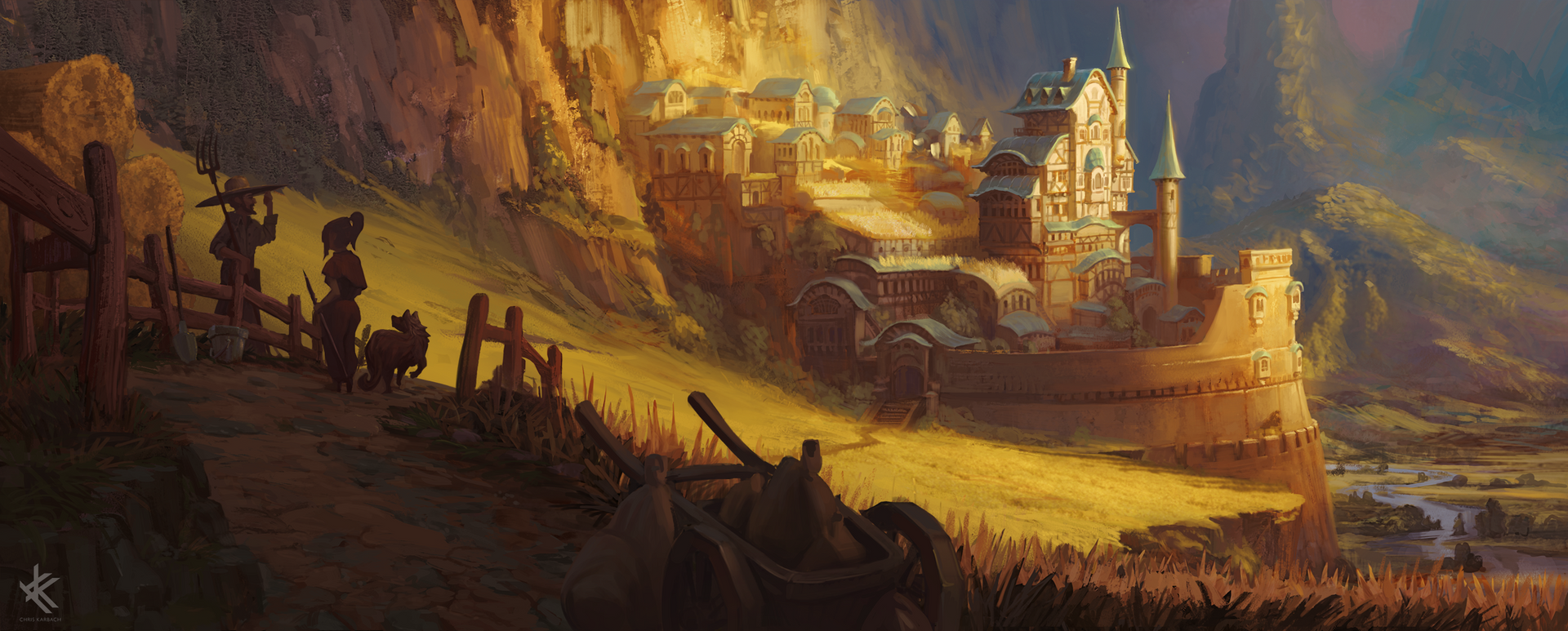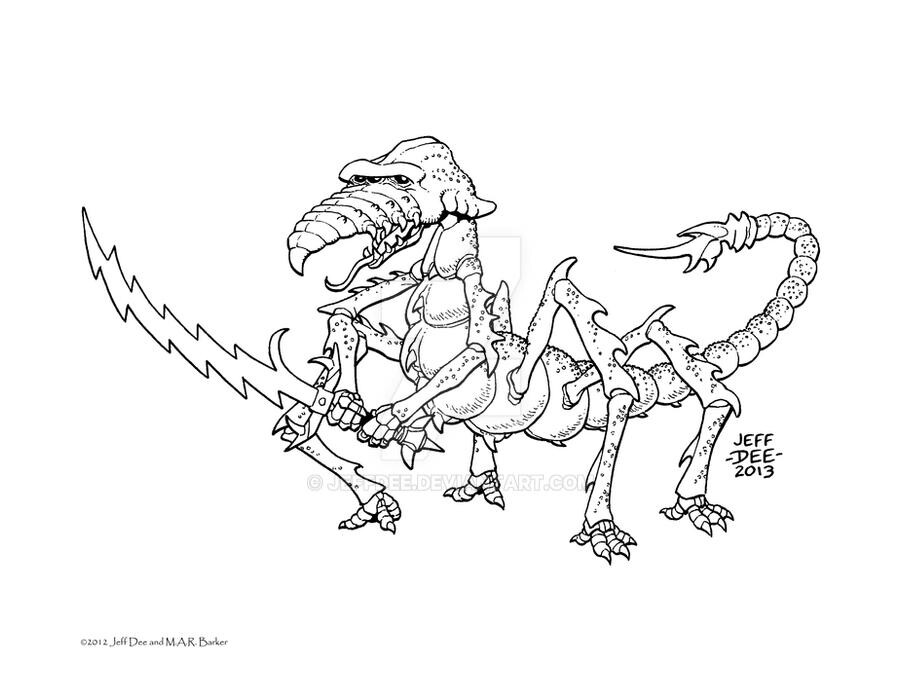Southwest Rockhome is similar to other parts of the dwarven realm - settlements in lowlands near the lake, surrounded by mountains that according to the gazetteer map seem devoid of interesting sites. However, as I concluded with Karameikos, an absence of interesting sites on an official map does not mean there is nothing there, only that it is up to the DM to decide what places there are to be discovered.
Greenston (population 6000 and detailed here) and Evemur (population 12,000) are both substantial towns - Evemur is close to being a small city, and the fertile lowlands outside both their walls are put to good use by farmers. Karrak Castle (pop. 2500) stands guard over the main road into Makistan and then into the rest of Ylaruam. The Darokin Tunnel runs from the hills outside Greenston all the way across the border into Darokin, emerging in the mountains near to Fort Hobart, not far from both the dreaded Orclands and Alfheim.
My ideas for the area
 |
| Map based on original cartography by Thorfinn Tait (source) |
Dalsorris Tower: This is a wizard tower built on top of an abandoned dwarf stronghold. The human wizard, Dalsorris, is still very active, and will regularly patrol around his lair mounted on a griffon. He is territorial and does not like intruders but otherwise leaves dwarves and other folk alone. Dalsorris is something of an enigma - nobody knows why a human wizard has settled here or where he is from, or what he is doing.
Geth-Orggor is a large limestone cave-system that has been taken over by a tribe of 20 hill giants and 50 ogre followers. Dwarves give this location a wide berth as the giants and ogres attack dwarves on sight. An armed expedition to drive out the giants and ogres has been suggested several times but never actually carried out. Scouts have reported the giants have domesticated some dire wolves and brown bears.
The Lost Forge is where a Forge of Power, unclaimed by any clan, lies forgotten
Torrak Halstoron: This is an abandoned stronghold that used to hold 200 dwarves of the Bluehammer family. However, about 50 years ago it was infiltrated by a cult of chaotic dwarves who tried to murder the leaders and enslave the rest. Many of the family heads were killed but most of the dwarves escaped to Greenston. Reclaiming Halstoron would be an admirable task. Torrak Halstoron is haunted by dwarven spirits, not malevolent undead but the trapped souls of dwarf citizens who were murdered by treacherous chaotic dwarves. They can be laid to rest by giving their mortal remains a proper dwarven burial.
Torrak Sorros: This dwarf stronghold has 250 members of the Gneisscracker family and unusually also 150 gnomes. They are nominally loyal to the Torkrest clan but are quite slow in paying taxes and fealty to the clan chiefs.
Torrak Tellis: This dwarf stronghold is home to the Copperhelms, a family nearly 300 strong and loyal to the Torkrest clan. They are renowned for the quality of their crossbows and ballistas which they sell at a premium price. Some of their crossbows are enchanted.
Torrak Trugdon: This is set into the walls of the river valley and includes an outside village with a stone wall. The family here, the Hornhelm, is part of the Wyrwarf clan and has 270 members. Living with them in the surface village are 120 humans and 50 halflings. They specialise in farming and herding sheep and goats. Although the meat, cheese, leather and wool they provide is appreciated by other dwarves, their professions are not considered to be traditionally dwarvish.
 |
| Image by Chris-Karbach, source |
Torrak Veig: This dwarf stronghold is home to the Grayquartz family who have specialised in both mining coal (very useful for smelting metals as well as cooking food and keeping homes warm) and brewing malt beer. The stronghold has 160 members and all are loyal to Syrklist Clan.
Zepharan's Roost: Zepharan is the dwarven name to a large red dragon that has made his lair here. Although several ventures to slay the dragon and loot his gold have been launched, none have been successful and only a few badly burnt survivors returned. They say he has a number of hellhounds guarding his lair, but his wealth is truly astonishing.
Zugguth Peak: This is a goblin stronghold dug deep into a mountain top. They have excavated extensive warrens and the approach to the top is littered with rubble from their digging. Nobody knows exactly how many goblins there are but they are skilled at constructing traps including hidden pits and tripwires unleashing poisoned darts. It is believed the goblin tribal leader is in contact with important warlords in the Broken Lands and the Orclands.



